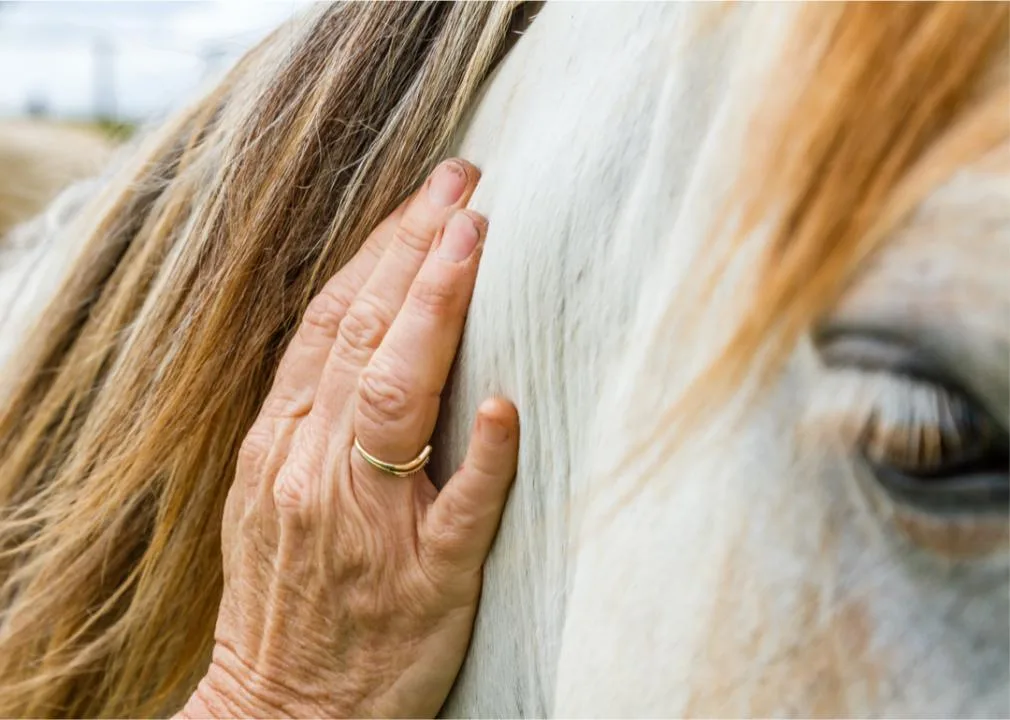Mental Health Hub
We’re lucky to live in a time when the stigmas around mental illness and mental health are softening, with an increasing awareness about how important it is to prioritize your mental health, which is no less a part of your overall health than your physical health. Whether you have a specific diagnosis or you experience the usual day-to-day struggles we all do, taking care of your emotional health is something we can all benefit from.
6 MIN READ
Does Ozempic cause depression?
5 MIN READ
Barriers for men with mental health
4 MIN READ
Microdosing
5 MIN READ
How to find a therapist
3 MIN READ
Fight or flight response
4 MIN READ
Dysphoria and gender dysphoria
5 MIN READ
Nontraditional therapies
3 MIN READ
Melatonin for Anxiety
5 MIN READ
Prioritizing mental health at work
4 MIN READ
Autophobia
2 MIN READ
Megalophobia
2 MIN READ
Box breathing











